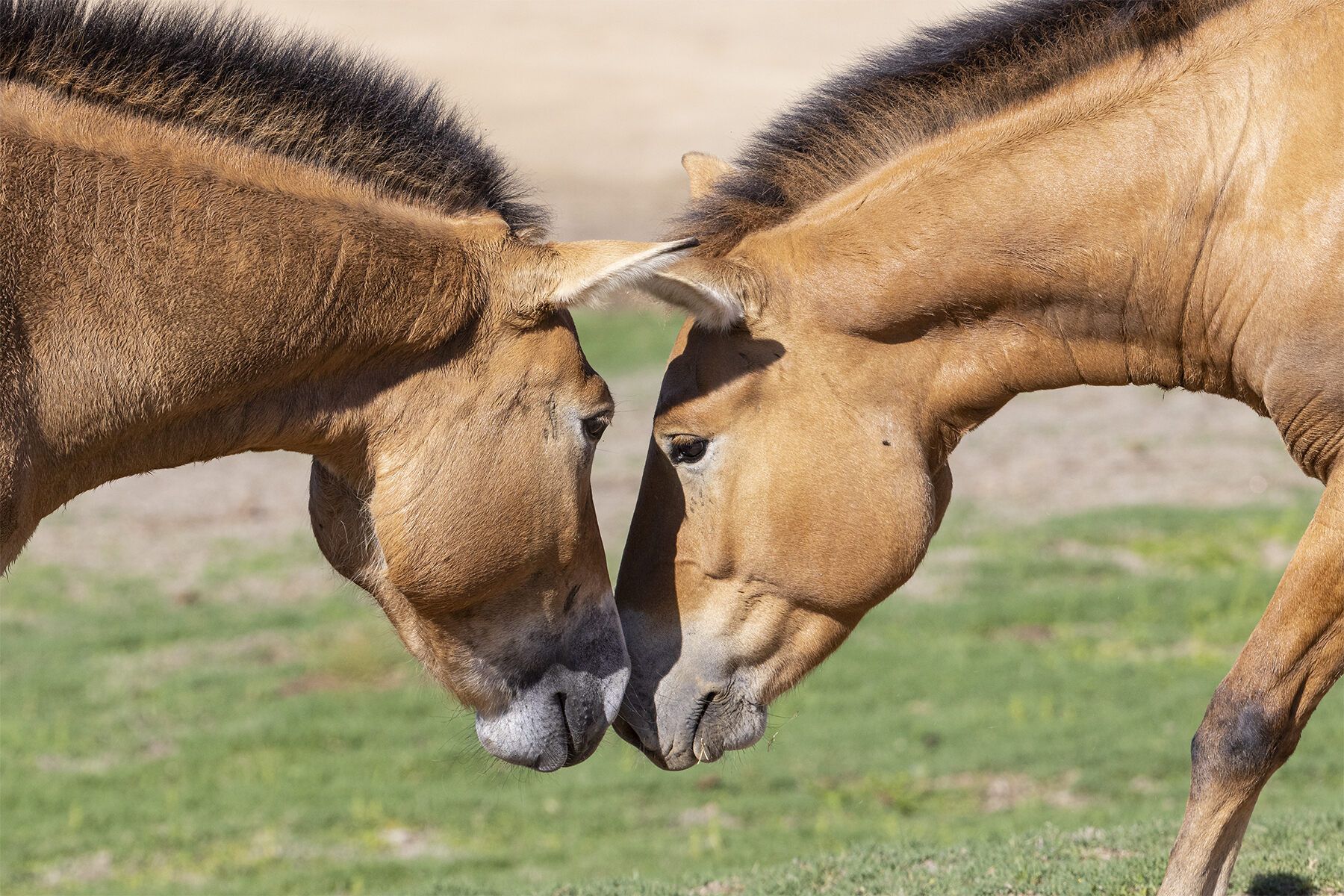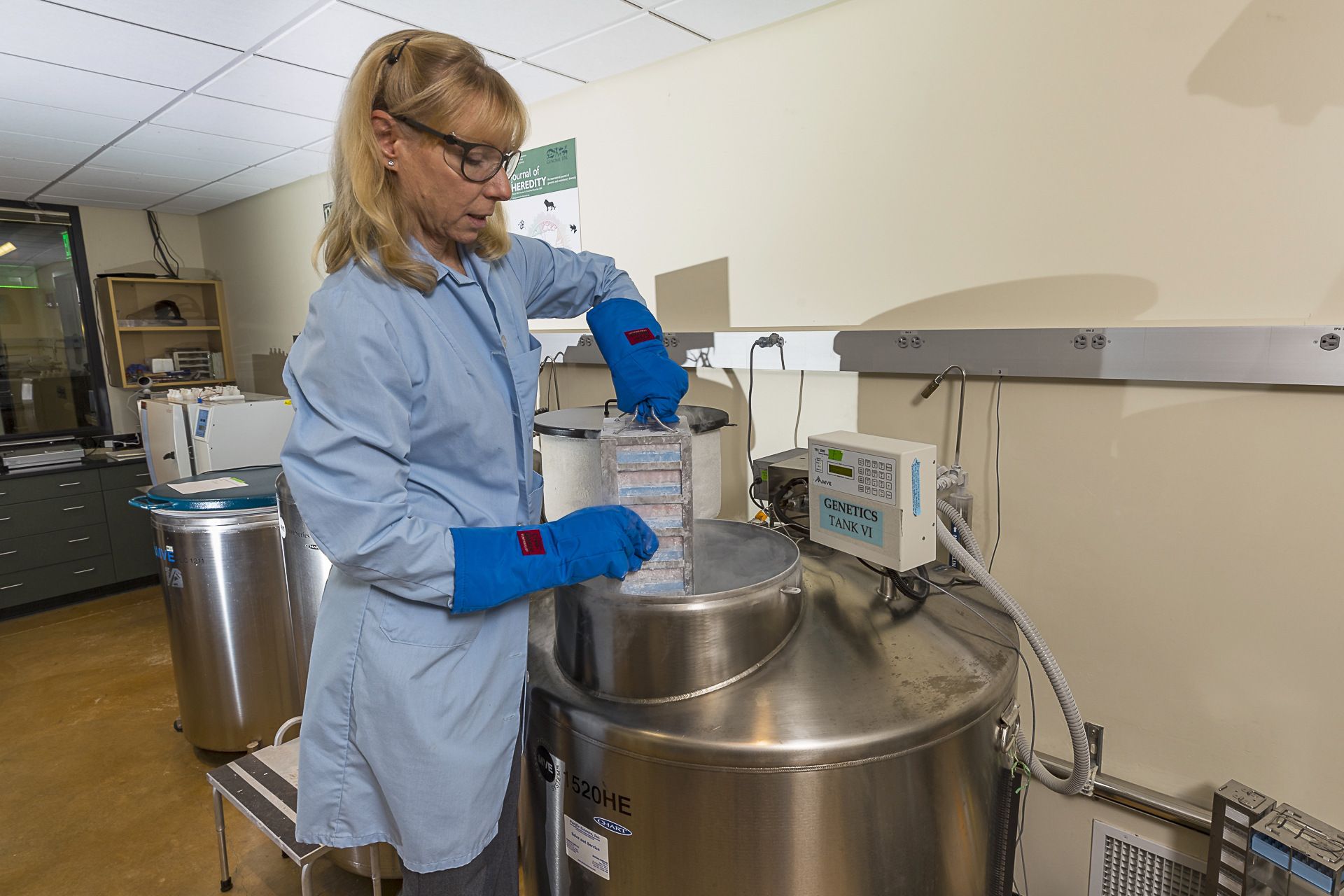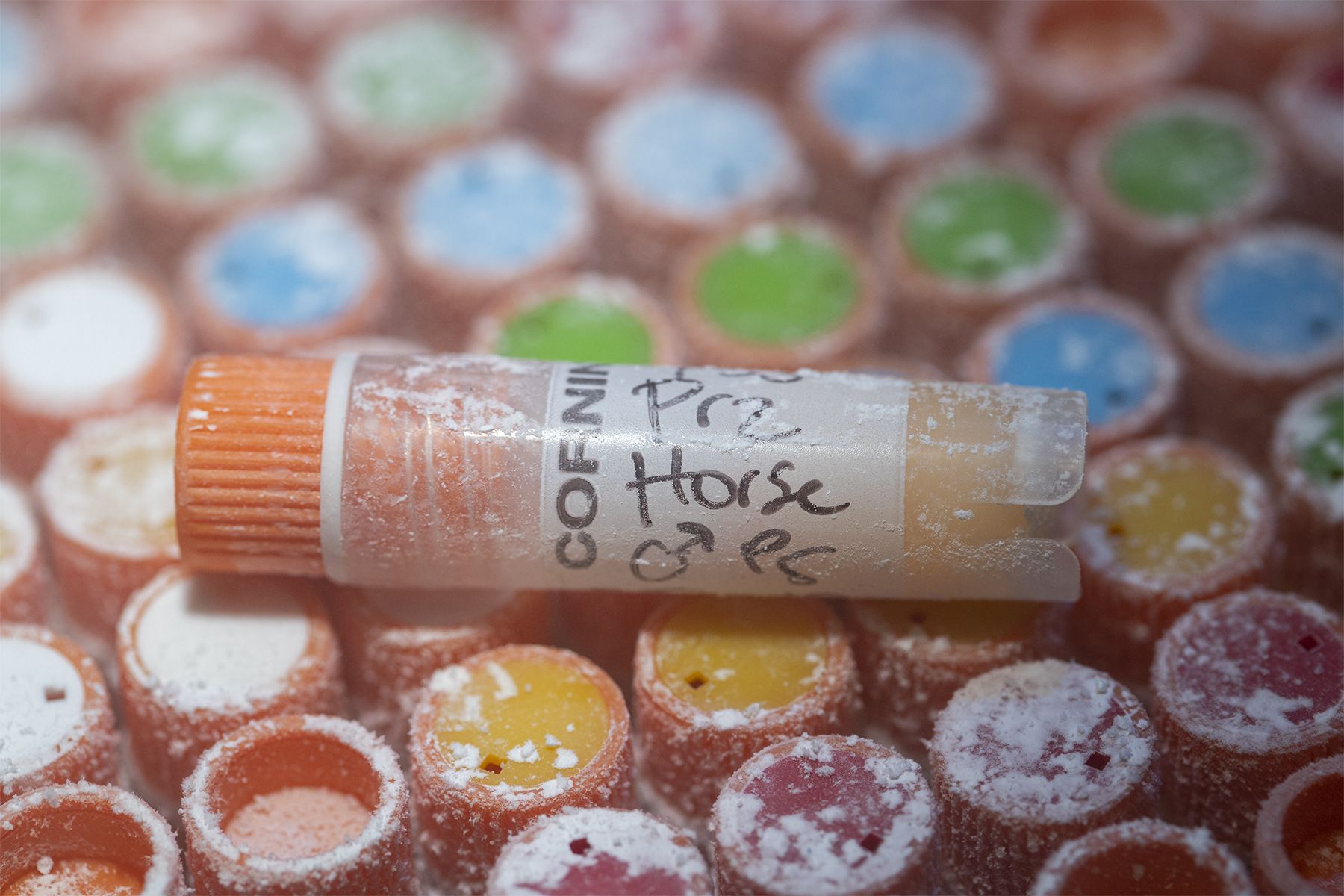Sceptics of the value of biobanking may argue that our resources could be better invested in conserving living individuals and populations, instead of their cells and tissues. However, these are not mutually exclusive efforts. Cryopreservation is not a replacement for landscape- or population-level conservation activities; rather, it complements these approaches, and can, in fact, be built into programs on a global scale. Genetic and assisted reproductive technologies are still undergoing further development; however, when it comes to mitigating losses of genetic diversity, biobanking is the conservation intervention that presents the lowest risk today for the highest potential impact in the future. This is an investment surely worth making.
The calls for biobanking action — championed by the IUCN-SSC Animal Biobanking for Conservation Specialist Group — center on worldwide collaboration and inclusive participation. First, although several wildlife organizations already manage or contribute to biobanks, there are unmet opportunities for further contributions from zoos and aquaria. The Frozen Zoo® — part of San Diego Zoo Wildlife Alliance’s Wildlife Biodiversity Bank, and the most extensive resource of its kind, with thousands of viable cell lines and gametes from human-managed and wild species around the world — contains cells from 5% of threatened mammals, birds, amphibians, and reptiles on the IUCN Red List of Threatened Species™. However, nearly 17% of these species are represented in zoological parks around the world. Though zoos and aquaria have long been recognized for their role in ex situ conservation, their impact could grow to include contribution of precious samples to worldwide biodiversity banking efforts.
Whether biobanks are affiliated with a zoological park or any other institution, cooperation amongst them is paramount. To build the most useful and accessible database of information in support of the world’s biodiversity, we must call for a culture of transparency around the existence, quantity, and location of banked samples. A global network of communication and exchange is essential to effective management of collections.
Biobanking is a failsafe to safeguard biodiversity while it’s still extant, and a source of actionable hope to recover biodiversity when it’s lost.
Finally, we must ensure that all these efforts are equitable, just, and inclusive. These are irrefutable values in the preservation and access of genetic resources, as well as for the knowledge and benefits that stem from their use. The recognition of the rights and needs of Indigenous peoples and local communities is explicitly promoted by the Nagoya Protocol, Kunming-Montreal Global Biodiversity Framework, Animal Biobanking for Conservation Specialist Group, and Earth BioGenome Project. Indigenous peoples and local communities should be involved at the onset and engaged through discussions; their rights, sovereignty, and traditional knowledge must be recognized. On a global basis, the ability to safeguard biodiversity will also be immeasurably advanced by investing in local biobanking resources, training, and facilities.
With human activities driving precipitous biodiversity losses and inciting the planet’s sixth mass extinction, the need to save genetic resources is more urgent than ever. We encourage the conservation community — ranging from individuals to institutions — to consider incorporating sample collection for the purpose of biobanking into their efforts, and to do so with collaboration and inclusion in mind.
Posted in San Diego Zoo Wildlife Alliance’s Frozen Zoo® is the intriguing quote, “You must collect things for reasons you don’t yet understand.” Though we may not understand all these reasons today, we certainly understand this: Biobanking is a failsafe to safeguard biodiversity while it’s still extant, and a source of actionable hope to recover biodiversity when it’s lost.







Thanking to all IUCN family
I beg to state that all IUCN family that for doing these great job of conserving
bio diversity of earth
Thanking to director of IUCN
Biobanking
Wow, this is very educative, my only worry is, if these samples in the biobank gets into wrong hands, I wander what would happen, look at what C19 did to the world. Nevertheless, this indeed is an answer to biodiversity conservation. The One health approach is the way to go.
Add new comment